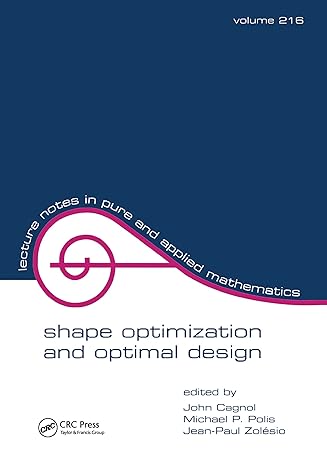Question
Test I - Matching Type INSTRUCTIONS: Identify which of the following represent continuous variables and which represent discrete variables . Life span of a sample
Test I - Matching Type
INSTRUCTIONS: Identify which of the following represent continuous variables and which represent discrete variables.
Life span of a sample of batteries
Reaction time of the subjects in an experiment
Height of the adult men in your workplace*
Number of male students in your Statistics class*
Tourist who visit Mt. Cabuyao during the Holy Week*
Number of road accidents in New Delhi*
Speed of the horses in a race*
Profit earned by the company*
Words you can encode in one minute*
Age of the participants in a feeding program*
The length of time it takes a truck driver to go from Mumbai to Delhi*
Number of siblings of an individual*
Number of times your grandmother visited her doctor last year*
The number of applicants who have applied for a vacant position at a company*
Time of the day*
INSTRUCTIONS: Determine which of the four levels of measurements is most appropriate in the following statements. (Nominal, Ordinal, Interval or Ratio)
Time on a clock with hands*
The brand of cars purchased every month of January*
The level of difficulty in mathematics*
An instructor is rated as superior, average, below average, or poor*
Age of every student in the 1st year level*
Rating of a call center agent (superior, average, poor)*
Surveying people to find out if men or women have higher self-esteem*
Income of every engineers in the manufacturing factories*
Religious preference in the Philippines*
Finding out if introverts or extroverts are more likely to be philanthropic*
The scores in National Achievement Test*
Lengths of shoes*
The number of mothers giving birth in a hospital on a given day*
The PRC number of every Civil Engineers in Baguio*
Fahrenheit Temperature*
TEST III - Identification
INSTRUCTIONS: Identify each of the statement and write the answers in the space provided.
This includes conversion of the data into relevant information that leads to the formulation of clear, summarized, and comprehensible numerical description.*
It cannot be counted easily because of the large number involved.*
They produce data that can be categorized according to similarities or differences in kind and they often called attribute data or categorical variables.*
This arises whenever we wish to consider the proportion of members of a population that belongs to each class or category.*
In this method, the researcher selects simple random samples from each of the sub-populations or strata of the population.*
It is used when the objective is to determine the cause and effect relationship of certain phenomena under controlled condition such as in scientific researches.*
It includes setting of goals which leads to decision making.*
We can assume the infinitely many values corresponding to the points on a line interval.*
It is used to eliminate bias, to provide a statistical basis for determining the level of significance associated with the inferences.*
It utilizes some form of random selection that assures that the different elements in the target population have equal probability or chance of being chosen.*
It refers to the collection of people, objects, individuals, or scores that can be described as having a unique combination of qualities.*
This refers to the process of acquiring measurements, counts or raw data.*
We can assume a finite or countable number of values.*
It involves treatment of data with appropriate and carefully selected statistical tools.*
This method of gathering information is usually enforced by law.*
Step by Step Solution
There are 3 Steps involved in it
Step: 1

Get Instant Access to Expert-Tailored Solutions
See step-by-step solutions with expert insights and AI powered tools for academic success
Step: 2

Step: 3

Ace Your Homework with AI
Get the answers you need in no time with our AI-driven, step-by-step assistance
Get Started


